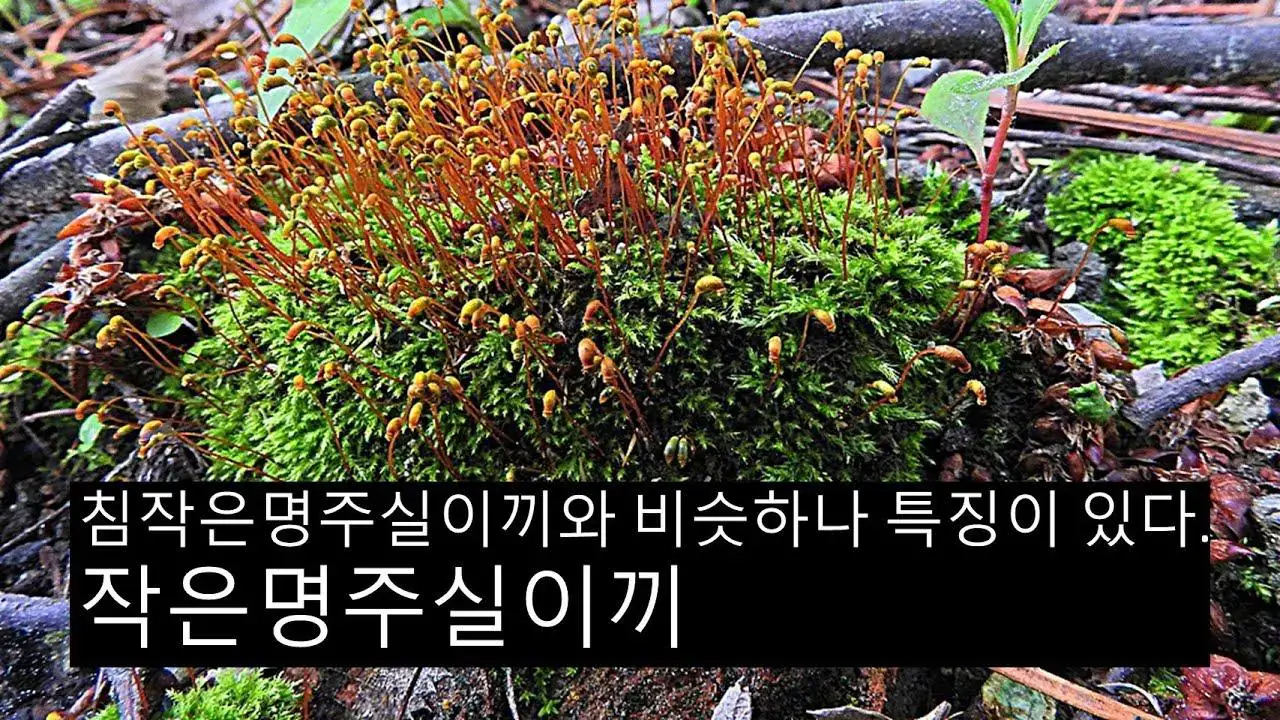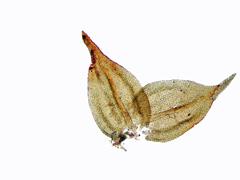
maxresdefault.jpg from: https://www.youtube.com/watch?v=s3XohTN9uSc
Introduction
The world of mosses is a fascinating and often overlooked realm, home to a diverse array of tiny, resilient plants that have been around for millions of years. Among these unsung heroes of the plant kingdom is the Haplocladium microphyllum (Sw. ex Hedw.) Broth., a member of the Leskeaceae family, commonly known as Haplocladium. This unassuming moss may be small in stature, but it plays a crucial role in the ecosystems it inhabits, and its unique characteristics make it a captivating subject for enthusiasts and naturalists alike.
Background

medium-37478-300×169.jpg from: https://plantdollar.com/plant/haplocladium-microphyllum/
Before delving into the specifics of Haplocladium microphyllum, it’s essential to understand the broader context of mosses. These ancient plants belong to the division Bryophyta, which encompasses three classes: Bryopsida (true mosses), Andreaeopsida (granite mosses), and Sphagnopsida (peat mosses). Mosses are non-vascular plants, meaning they lack the specialized tissues found in more complex plants for transporting water and nutrients. Despite their simplicity, mosses have adapted to thrive in a wide range of environments, from the Arctic tundra to tropical rainforests.

Haplocladium-virginianum-41-800×533.jpg from: https://ohiomosslichen.org/moss-haplocladium-virginianum/
Main Content
Morphology and Identification
Haplocladium microphyllum

croton20cascarilloides20raeusch-360×301.jpg from: https://tracuuduoclieu.vn/haplocladium-microphyllum-hedw-broth.html
is a pleurocarpous moss, meaning its stems grow horizontally along the substrate. Its slender, creeping stems are typically 1-3 cm long and sparsely branched. The leaves are small, 0.5-1.5 mm long, and arranged in a spiral pattern around the stem. They are ovate-lanceolate in shape, with a short, acute apex

Bryohaplocladium_microphyllum.jpg from: http://wildflowersearch.org/search?&tsn=547606
, and a single costa (midrib) that extends partway up the leaf.
One of the distinguishing features of Haplocladium microphyllum is its alar cells, which are enlarged and inflated at the base of the leaf. These cells are often reddish-brown in color and help the moss retain moisture. The sporophytes (reproductive structures) are relatively rare, with a short, erect seta (stalk) and a cylindrical capsule.
Global Distribution and Habitat
Haplocladium microphyllum has a widespread distribution, occurring on various continents, including North and South America, Europe, Asia, and Africa. It is particularly common in temperate and tropical regions, thriving in moist, shaded environments such as forests, ravines, and rocky outcrops.

ha_microphyllum1_small.jpg from: https://wnmu.edu/academic/nspages/gilaflora/haplocladium_microphyllum.html
This moss prefers acidic substrates and is often found growing on decaying logs, tree bases, and soil banks. It can also be found on rocks, particularly in areas with high humidity and consistent moisture levels.
Ecological Roles and Adaptations
Despite its diminutive size, Haplocladium microphyllum plays a vital role in its ecosystem. Like other mosses, it helps to regulate moisture levels, prevent soil erosion, and provide a microhabitat for various invertebrates and microorganisms.

haplocladium-microphyllum-340×360.jpg from: https://tracuuduoclieu.vn/viola-odorata-l.html
One of the key adaptations of Haplocladium microphyllum is its ability to tolerate desiccation. During dry periods, the moss can enter a state of dormancy, curling up its leaves to minimize water loss. When moisture returns, it quickly rehydrates and resumes its normal growth and metabolic activities.
Additionally, the presence of alar cells in Haplocladium microphyllum enhances its water-holding capacity, allowing it to thrive in environments with fluctuating moisture levels.
Case Studies/Examples
Haplocladium microphyllum has been the subject of various scientific studies, particularly in the field of bryology (the study of mosses and liverworts). One notable example is a study conducted in the Appalachian Mountains of North America, where researchers investigated the distribution and ecology of this moss species in relation to environmental factors such as soil pH, moisture, and canopy cover.
The study found that Haplocladium microphyllum was most abundant in areas with high soil moisture, moderate canopy cover, and slightly acidic soil conditions. This information can be valuable for conservation efforts and habitat management strategies aimed at preserving suitable environments for this moss and other bryophyte species.

HAPLOCLADIUM%2BMICROPHYLLUM%2BLESKEACEAE.jpg from: https://plantasdepuertorico.blogspot.com/2017/02/musgos-hypnales-haplocladium.html
Technical Table
| Characteristic | Description |
|---|---|
| Scientific Name | Haplocladium microphyllum (Sw. ex Hedw.) Broth.
 haplocladium%2Bmicrophyllum%2BC.jpg from: https://popmicrosoftnueva.blogspot.com/2020/01/briofitas-pleurocarpicas-hypnales.html |
| Family | Leskeaceae |
| Common Name | Haplocladium
 Nasturtium_microphyllum_1.jpg from: https://indiabiodiversity.org/group/birdwatch/species/show/276013 |
| Growth Form | Pleurocarpous (horizontally creeping stems) |
| Leaf Shape | Ovate-lanceolate |
| Leaf Size | 0.5-1.5 mm long |
| Leaf Apex | Short, acute |
| Costa | Single, extending partway up the leaf |
| Alar Cells | Enlarged, inflated, often reddish-brown |
| Sporophyte | Short, erect seta; cylindrical capsule |
| Habitat | Moist, shaded environments; acidic substrates |
| Distribution | Widespread in temperate and tropical regions |
Conclusion
Haplocladium microphyllum may be small, but its impact on the natural world is significant. This unassuming moss plays a crucial role in maintaining healthy ecosystems, regulating moisture levels, preventing soil erosion, and providing a microhabitat for countless other organisms. Its unique adaptations, such as the presence of alar cells and the ability to tolerate desiccation, have allowed it to thrive in a wide range of environments.
As we continue to explore and appreciate the diversity of life on our planet, it’s essential to recognize the importance of even the smallest and most overlooked species. Who knows what other fascinating secrets and ecological wonders the world of mosses holds, waiting to be discovered by curious and dedicated enthusiasts?
Thought-provoking question: In a world where larger, more charismatic species often receive the bulk of attention and conservation efforts, how can we raise awareness and appreciation for the vital roles played by seemingly insignificant organisms like mosses?